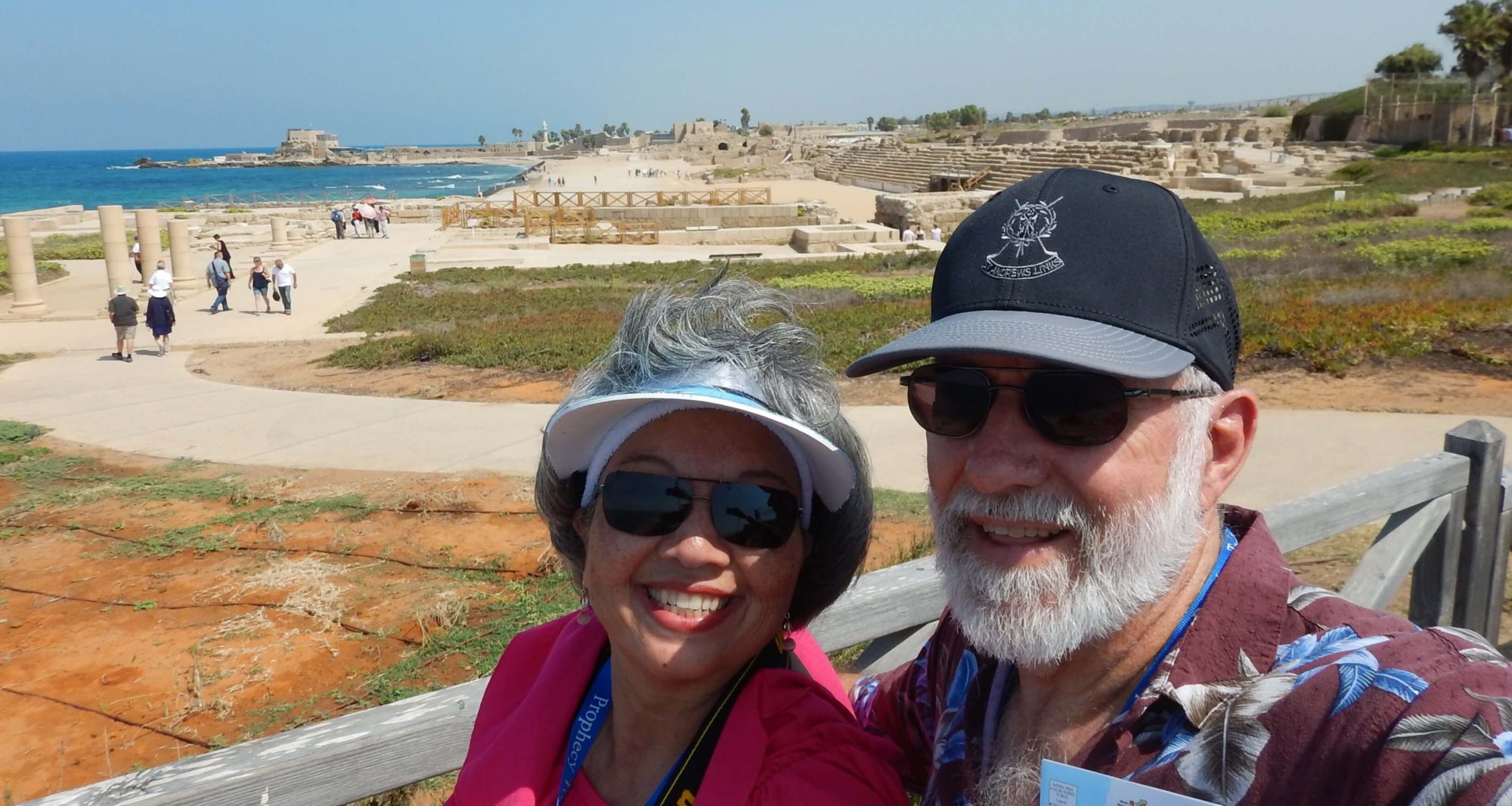“For I am not ashamed of the gospel of Christ: for it is the power of God unto salvation to every one that believeth; to the Jew first, and also to the Greek.” Romans 1:26
Corfu is the second largest island in the Ionian Sea (634 square km), and is located at the entrance of the Ionian Sea.

With a population of approximately 110,000 people, Corfu is a popular vacation spot and has had celebrities and royalty (both past and present) here on a regular basis. Once a kingdom, it is now a presidential republic. In addition to being conquered by the Venetians, Corfu was part of the British empire between 1814-1864. In 1864, Queen Victoria gave Corfu back to Greece in 1864, and her nephew became the king of Greece.

Landscape – Olive trees are everywhere, covering the slopes of mountains and filling in valley floors. Olives are harvested every other year, producing 15,000 tons of olive oil annually. In the 8th century, Corfu exported olive oil, but now none is exported because the amount of oil produced only meets the needs of the local population. There are only 300 olive presses here, but they are no longer used. Instead, the Corfiats use a “cold press” method that does not crush the olives when extracting the oil. There are 4 million olive trees on Corfu, but only 1.8 million actually produce olives. The trees must be pruned to continue to produce olives, so many wild ones have stopped producing fruit. Cyprus trees (long, thin) are also found on the mountainsides. They are a symbol of fertility, and they grow in the wild, protruding out above the olive trees.

There are also citrus trees such as lemon, loquat and kumquat. The loquat has only two seeds and is sweet on its own, while the kumquat does not have seeds and needs to be sweetened. Almond and cherry trees can also be found here.
Paleokastritsa
We began our day by visiting a place called Paleokastritsa Bay. Here was a small town located on the shores of the NW coast of Corfu. This bay has with 6 small coves, and we stopped at one of them

Rugged rocks jutted out of the water, and one was attached to a Greek legend. Homer wrote that this was the place where Odysseus traveled and received a ship from Corfu to travel home to Ithaca. Supposedly, his ship was turned to stone by an angry Poseidon, the Greek god of the sea, and one rock formation in the bay is that ship.

Center-right is Odysseus’ petrified ship.
Greek mythology was once the religion of ancient Greece and widely accepted as truth until the Greek philosopher Socrates questioned the beliefs. Socrates was the first Greek to speak of one god, and he was sentenced to death for that because the concept was simply too radical for the people of those times. However, after 70 AD the Greek Orthodox Christian Church became the main religion when the apostle Paul sent his disciples here to share the gospel of Christ. While Greek Orthodox is the primary religion now, Catholic churches can be also found due to the past influences of the Venetians.
Bella Vista
After visiting the cove, we headed up a very serpentine road to a mountainside stop overlooking Paleokastritsa. We were able to see the place where we first stopped.

Right past this stop was the Monastery of the Virgin Mary, a Greek Orthodox monastery. There are only two nuns residing there now, but they do a lot of charity work and are currently trying to renovate the monastery.
Achillion Palace
Our third stop was the Achillion Palace. It was built in 1890-1892 by Elisabeth, an Austrian empress. She lived here after the death of her son and remained in mourning until she was assassinated in 1898. This palace was dedicated to the Greek hero, Achilles. Two of his statues are located in the garden. One depicts him as the brave warrior, while the other shows him dying with an arrow in his heel.

Clockwise from to-left: front of palace; courtyard; statue of Empress Elisabeth; palace statues; statue of Achilles
In addition to the statues of Achilles, there are statues of Apollo (god of music), the muses, Zeus and Hera, as well as others. There is a beautiful statue of the empress in the entry way, a testament to her beauty, charm, and love for this place. Hollywood trivia: The casino scene in the James Bond film, “For Your Eyes Only,” was filmed in this palace.
The Old Fortress
During the 15th century, the Venetians built a fortress on top of the remains of an old Byzantine castle. It was surrounded by an artificial moat, and it has a moveable drawbridge, which attached the fort to the mainland of the island. It has a clock tower, a lighthouse, and a large cross that is visible from the town of Corfu.

We walked around the esplanade and main square of Corfu before heading back to our ship.

Clockwise from top-left: Old Fortress; train transport; horse and carriage transport; flowers in the square; esplanade walkway built by Napoleon; park statue plays peek-a-boo with…can you see?
Next stop: Chania, Crete
